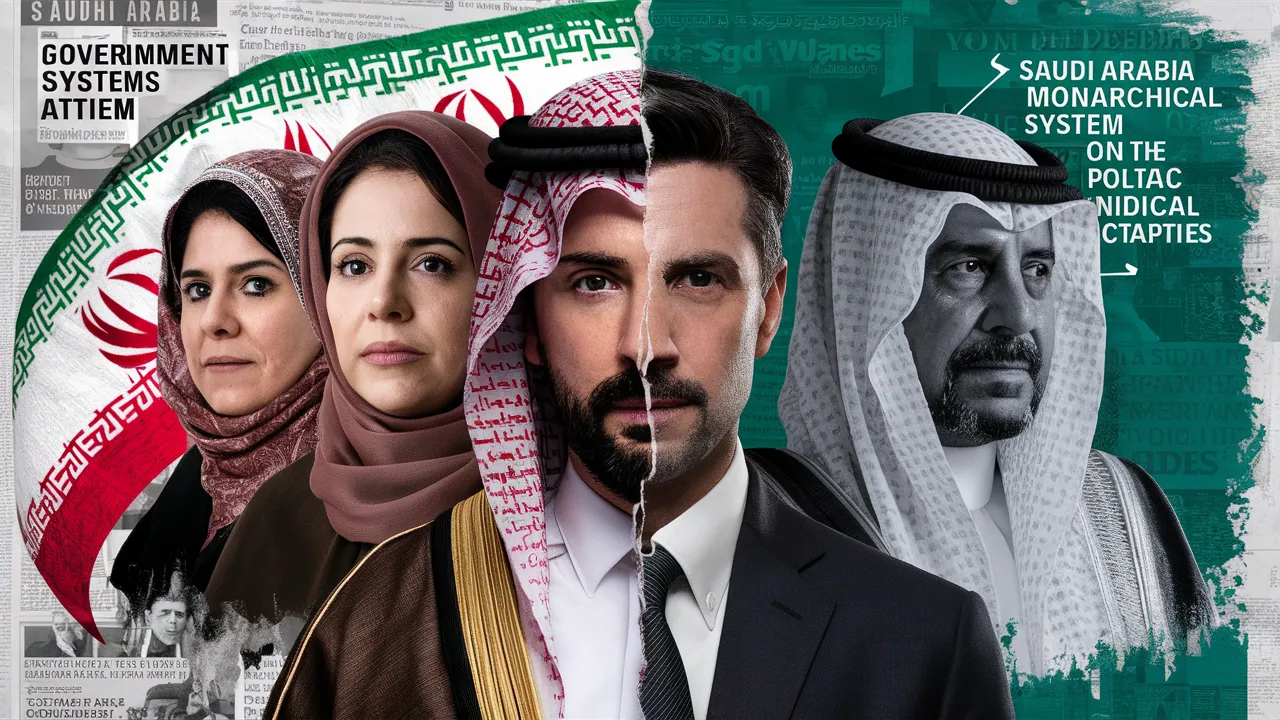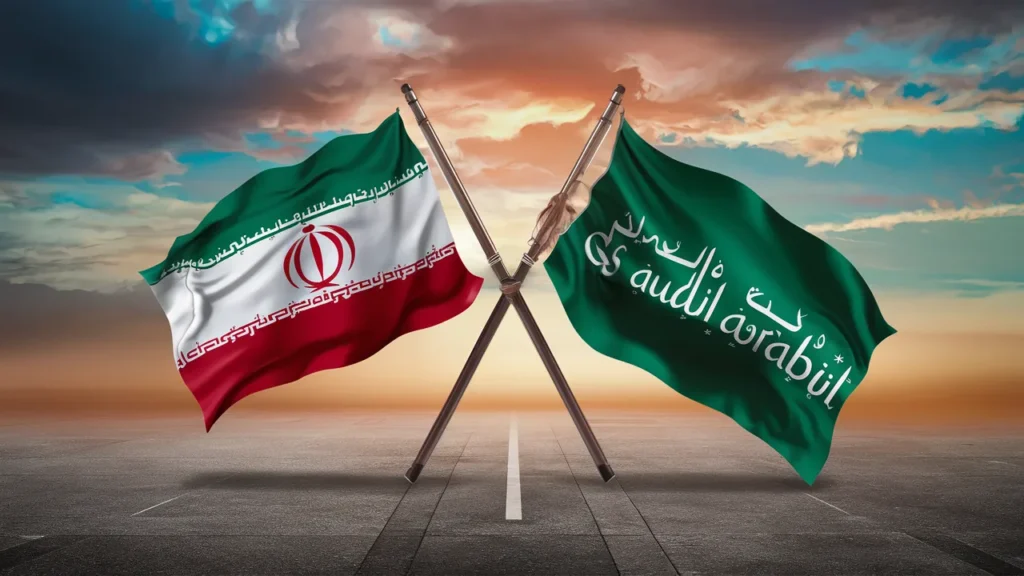
Iran vs Saudi Arabia
Outline of the Article
Introduction
1-A quick primer on Iran and Saudi Arabia
2-Significance of their relationship in world politics
Historical Background
Early interactions
Plots of Drama and Tension between the two Great Nations
Political Systems
Iran’s political structure
Religious cronyism in Saudi politics
Religious Influences
Shia Islam in Iran
Sunni Islam in Saudi Arabia
Culturally Influence and Politics: Religion leadership
Economic Comparison
Strengths and weaknesses of the Iran economy
Rest of the Gulf Saudi Arabia: strengths and challenges
National oil dependency and diversification efforts
Military Capabilities
Iranian Military Capabilities
Military Strength and Strategies of Saudi Arabia
Foreign Policy Approaches
Iran Foreign Policy Objectives and Coalitions
Introduction
There are not many countries in the Middle East with as much potential as Iran and Saudi Arabia. Their rivalry – and defining their relationship—is key to understanding how events in a region often at the epicenter of global politics are set to unfold. Appreciating its back-and-forth patterns, nuances, and tensions informs us of the bigger picture.
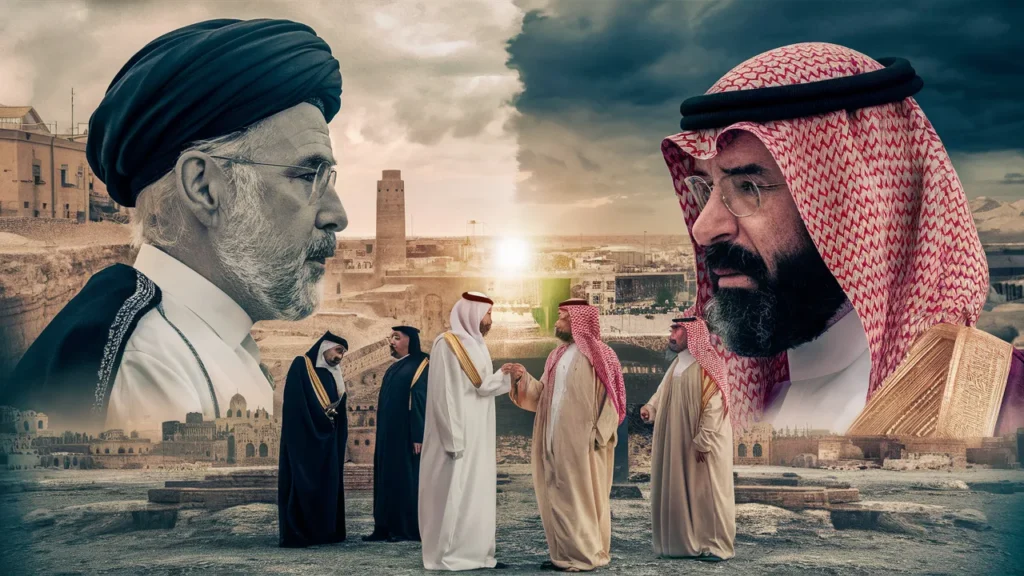
Historical Background
Historical Roots Of The Iran-Saudi Relationship Throughout the early days, much of their interaction was based on regional business and the spread of Islam. Yet, over the centuries, historical events have intertwined them on numerous occasions.
By then, an enormous shock had occurred. In 1979, the Islamic Revolution in Iran changed Iran from a monarchy under the Shah to an Islamic Republic under Ayatollah Khomeini. This development had the entire region on edge, and no part of the region more acutely than Saudi Arabia, which considered revolutionary Shi’ism a threat to its Sunni monarchy and even its very political survival.

Political Systems
Iran’s Political Structure
Iran functions as an Islamic Republic that mixes theocratic elements with Democracy. The Supreme Leader has ultimate oversight over all branches of government, with the President and the Parliament responsible for the routine running of the government. This provides for a complicated relationship between religious and political authority to determine Iran’s domestic and international politics.
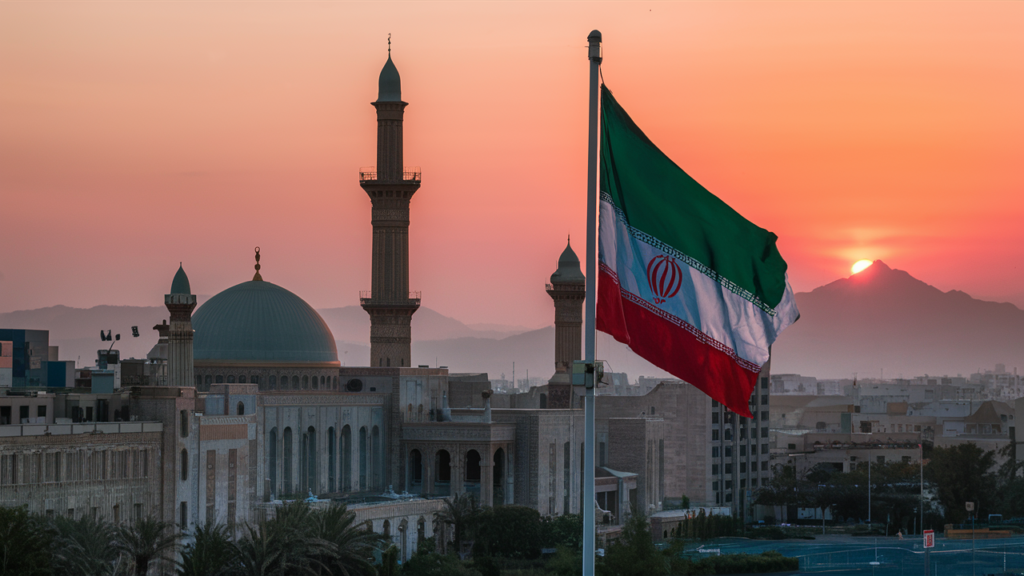
The Structure Of Saudi Arabia
By contrast, Saudi Arabia is an absolute monarchy. The King has extensive powers, and the royal family wields considerable influence in running the country. The lack of formal political opposition and the incorporation of Islam into its legal system are two of the significant features of Saudi Arabia’s political landscape.

Religious Influences
Shia Islam in Iran
Iran is overwhelmingly Shia Muslim, and the state religion is an essential part of its political and social life. The leadership, in particular the Supreme Leader, enjoys mounds of religious legitimacy, and Shia Islam determines the fabric of much of the country’s laws and practices.
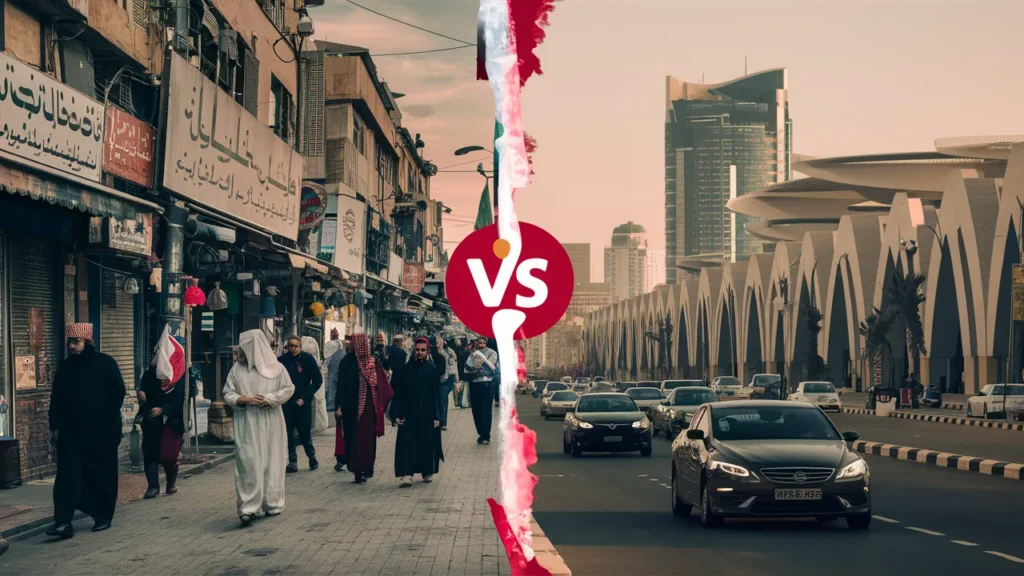
Sunni Islam in Saudi Arabia
The world’s largest oil exporter is the birthplace of Sunni Islam, which makes up 70 percent of one of the kingdoms of Mecca and Medina. The Kingdom’s authorities follow the austere Wahhabi form of Islam in its governance and social norms.
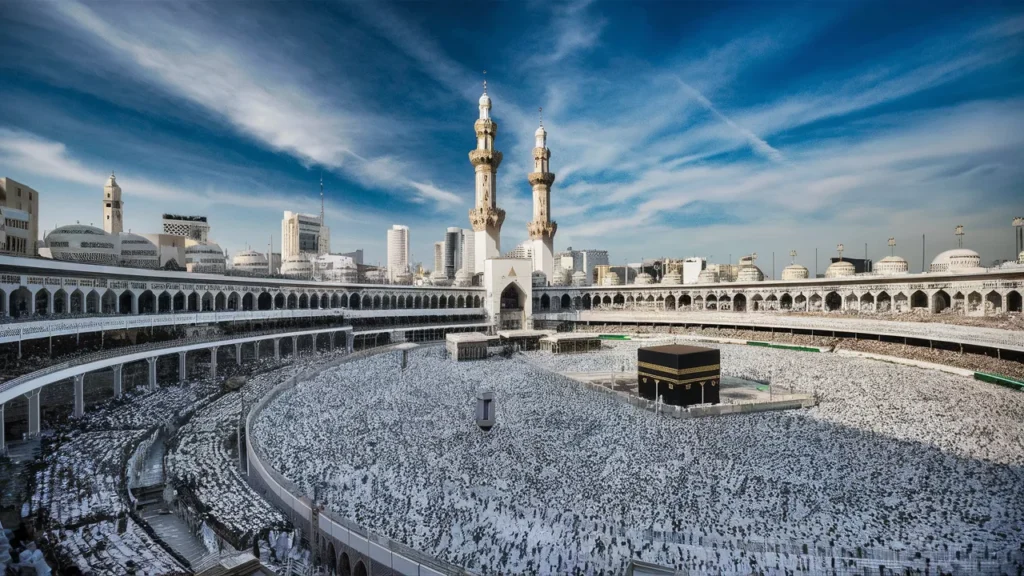
Economic Comparison
RELATED: THE STRENGTHS AND WEAKNESSES OF IRAN’S ECONOMY
Iran’s economy is a mixed transition economy with a large public sector. It is the world’s eighteenth largest by purchasing power parity (PPP). Nevertheless, it is beleaguered by heavy sanctions, mismanagement of the economy, and graft. But on the flip side of these problems lies the private sector of Iran, which manages to endure through a younger, more educated generation of youth who invent and invest.
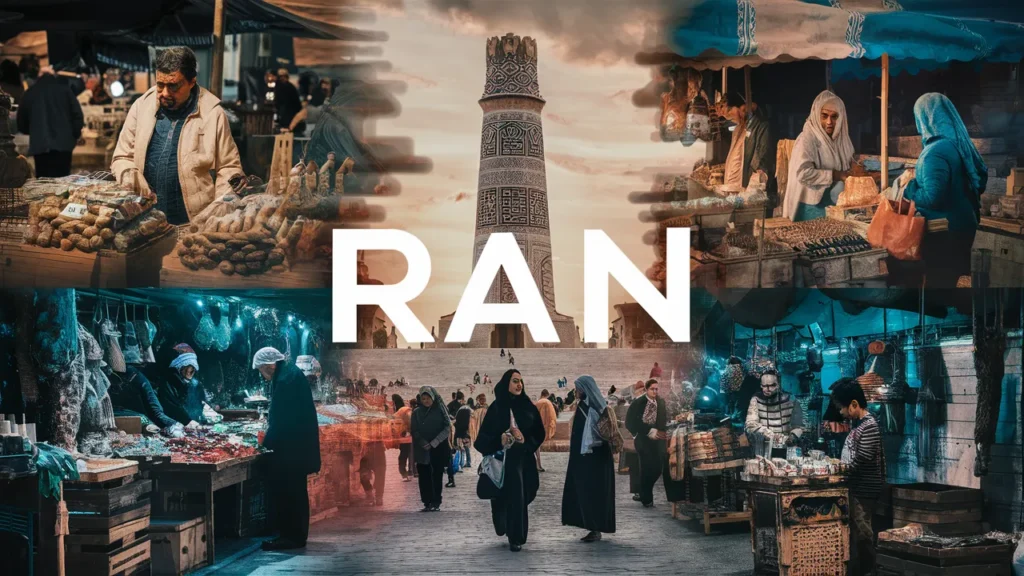
The Economy of Saudi Arabia: Opportunities and Challenges
As one of the world’s largest oil producers, oil is Saudi Arabia’s principal source of revenue, and it is the nation’s primary export, representing half of its GDP. The Kingdom has launched a slew of diversification measures led by Vision 2030 to get away from dependence on oil and diversify into sectors like tourism, entertainment, and technology. Still, there are obstacles to the economic reforms, such as bureaucratic dragging feet and social protest.
Military Capabilities
Iran’s Military Power and Uranium Plays
Iran commands powerful conventional and unconventional military capabilities. Its strategy’s logic is in sharp contrast: it emphasizes asymmetric warfare with its adversaries’ vastly superior technological forces, using proxy forces and ballistic missiles.

Capabilities and Scope of the Saudi Armed Forces
Saudi Arabia has poured huge amounts into its military, buying top-of-the-range arms from allies in the West, especially the United States. In particular, the Kingdom has prioritized sustaining a conventional force strong enough to defend against external threats and project power across the region.
Foreign Policy Approaches
Iran-Party Goals For Foreign Policy And Alliances
Iran’s goal of spreading its influence into the greater Middle East region underpins its foreign policy. To this end, it funds a range of Shia militias and political forces in states like Iraq, Syria, and Lebanon, creating a Shiite Crescent. Further, Tehran’s relationships with Moscow and Beijing enhance its geopolitical position.

Foreign Policy Goals and Alliances of Saudi Arabia
Its foreign policy is an effort to push back against Iranian influence. It is broadly pro-Sunni, hence the appeal of the Saudi alliance to conservative Muslim countries such as Egypt. The majority Sunni state has strong links to the West, especially the U.S., and has employed alliances with other Sunni nations to boost its regional standing.

Regional Conflicts
Surrogacy and Domination Beyond the Region
The regional conflicts in which Iran and Saudi Arabia support different sides are all, at least in part, proxy conflicts in that broad regional rivalry. By using proxy wars, they serve as battlefields for the larger regional battles in which they are involved.
Yemen, Syria, and Iraq (88% of citizens said in a 2017 poll they wanted the U.S. to “leave alone”)
In Yemen, Iran supports the Houthi rebels, who are fighting the Yemeni government, which a coalition led by Saudi Arabia backs. Iran is backing the Assad regime in Syria, while Saudi Arabia is giving support to different opposition groups. It has been said that in Iraq, it became a proxy war between the two countries, with Iran supporting Shiite militias and Saudi supporting Iraq’s Shiite-led government.
Nuclear Ambitions
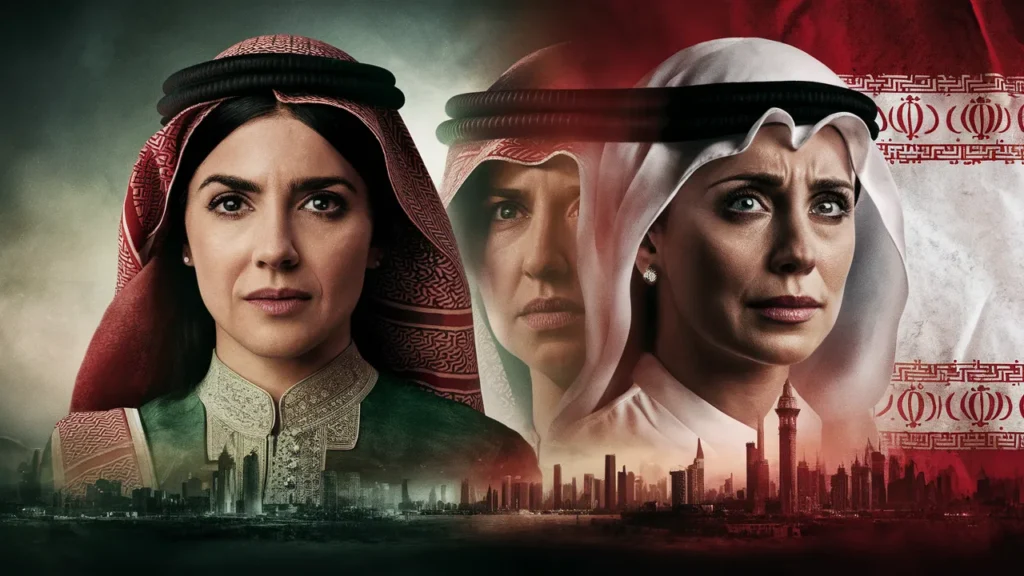
What Next for Iran’s Nuclear Deal?
For years, the world has been scrambling to contain Iran’s nuclear program. Iran says its atomic ambitions are for civilian purposes, but many nations, particularly the U.S. and Israel, believe it is seeking to build atomic weapons. Launched in 2015, the nuclear deal aims to limit Iran’s nuclear program in return for the lifting of several international sanctions that have been imposed on the Islamic Republic. Still, it stands on the brink of collapse after the United States pulled out in 2018.
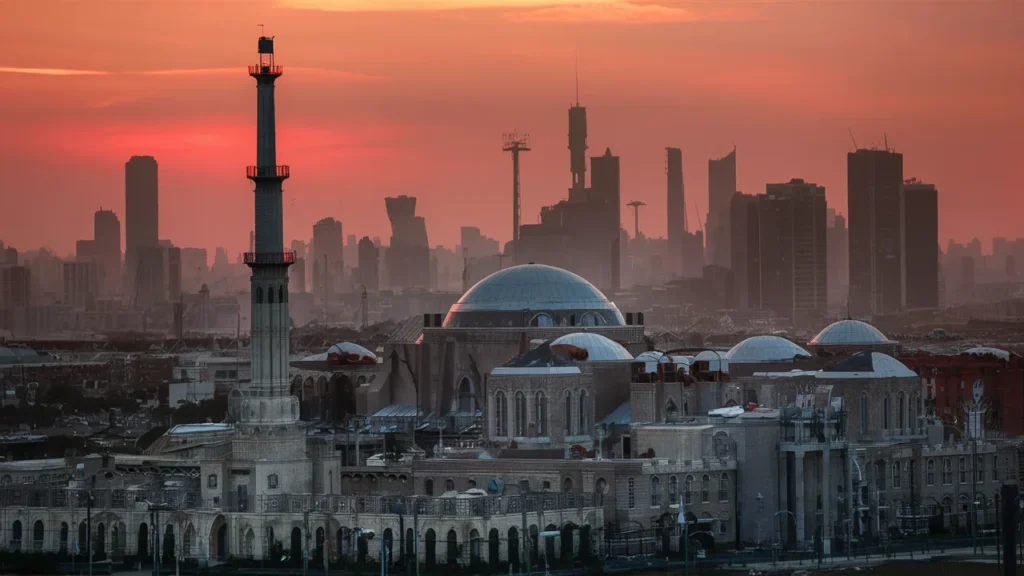
Saudi Position of Whether to Get Nuclear Capabilities
Since then, nuclear power has remained a possibility, with Saudi Arabia worried that Iran could develop nuclear weapons. The Kingdom has said the program would be for peaceful purposes but remained vague on whether it would involve domestically enriched atomic fuel.

Human Rights Records
Human Rights Issues in Iran
It is regularly criticized for its human rights record, particularly about freedom of expression, gender discrimination, and its treatment of political dissidents. The government exerts tight control over media and civil society, frequently resorting to severe repression of opposition.
Human Rights Concerns in Saudi Arabia

The Kingdom of Saudi Arabia is similarly afflicted with severe human rights issues, including those of freedom of speech, the rights of women, and the treatment of political dissidents. The Kingdom’s puritanical version of Islam and its heavy-handed rule only exacerbate the problem.

Cultural Differences
Share Iranian cultural heritage and identity.
Background Iran is a country in the Middle East with deep historical ties to the Persian civilization, which is also a significant contributor to its cultural heritage. Combining pre-Islamic traditions with Islamic thought gives Iran’s art, literature, and societal norms a distinct identity.
Saudi Arabia, Cultural Heritage, and Identity
Saudi Arabia is a prominent Islamic state with a rich religious tradition that informs every aspect of life, from personal behavior to state law. Its customs and lifestyle blend Bedouin culture and Islamic civilization with few elements of capitalism.

Recent Developments
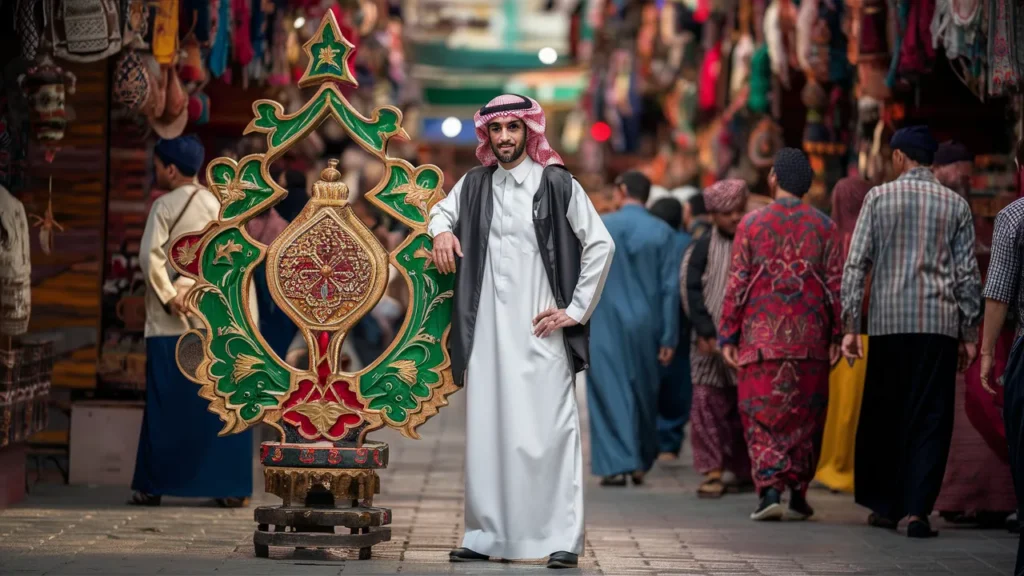
Critical Events in the Past Decade
The following key events have been central to affecting Iran-Saudi Arabia relations over the past decade: the Arab Spring, the maturation and decline of ISIS, and changes in U.S. strategic orientation. Collectively, these have broken some regional power equations and influenced their rivalry.
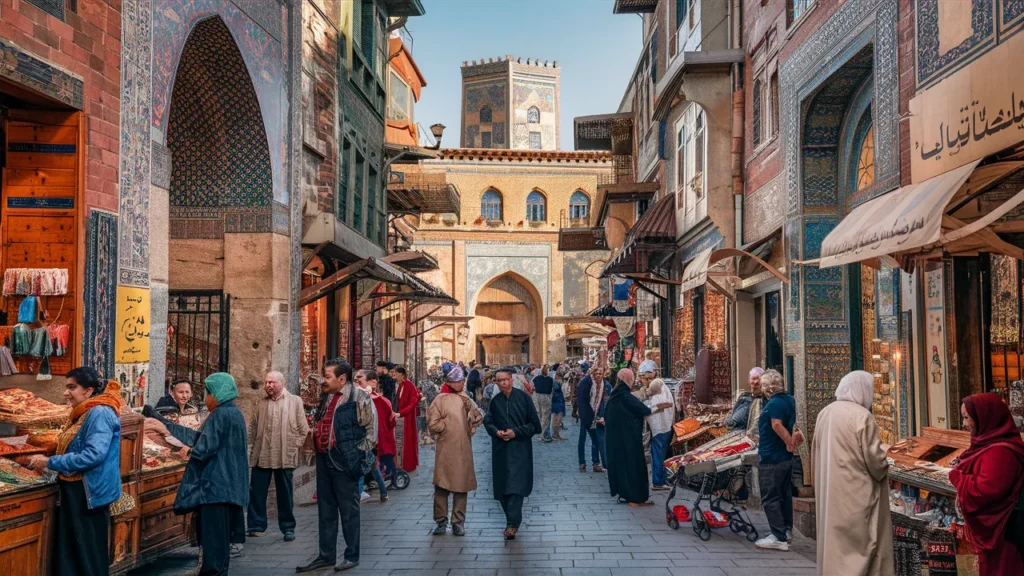
Changes in Diplomatic Relations
Iran-Saudi Arabia’s Diplomatic row has had its ups and downs. Although there have been some indications of an approach, it was usually shadowed with skepticism, and diplomatic tools like third-country offices were used to mediate. The far-seated trust deficit and divergent interests hinder sustainable change.
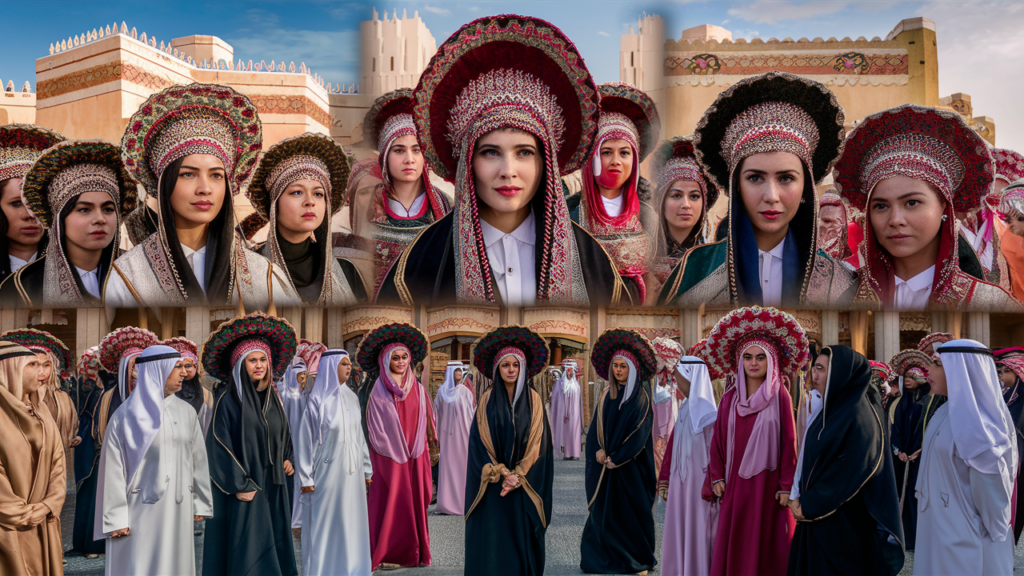
International Relations
United States Relations
Saudi Arabia – in some ways on the opposite end of the Arab world’s Shia-Sunni divide – has fraught ties with the United States, just as Iran does. Saudi Arabia, a key U.S. ally in the Middle East, receives military and economic support from America. In the case of Iran, relations with the U.S. have been particularly rocky, dating back to the 1979 revolution and hostage crisis.
Saudi Arabia, Cultural Heritage, and Identity
Iran and Saudi Arabia also become allies with the unbeaten nations of the world to fuel their benefits. Iran has formed ties with Russia and befriended China by entering into trade and military cooperation. That means that Saudi Arabia, while keen to remain under the U.S. tent, also works with multiple partners—Europe and, increasingly, China—in more diversified relationships.

Partnerships and Rivalries within Economies
The airspace partnership has much to achieve As Stream space is taboo Fully expanded Their space Business Fed-Jang fang trade relationship =$= economic rivalry from coups.
Iran and Saudi Arabia have an economic rivalry in their policies and trade relations. The two countries compete for markets for their oil exports in a game in which their economic policies sometimes serve their geopolitical strategies.

Major Projects & Investments
Both Saudi Arabia’s Vision 2030 and the post-sanction economic programs Iran has launched demonstrate its willingness to work for foreign investment and economic diversification. Large-scale projects like NEOM or those being overseen by Iran evoked different reactions, but in both cases, they emphasized their countries’ strategic vision and economic strategy.
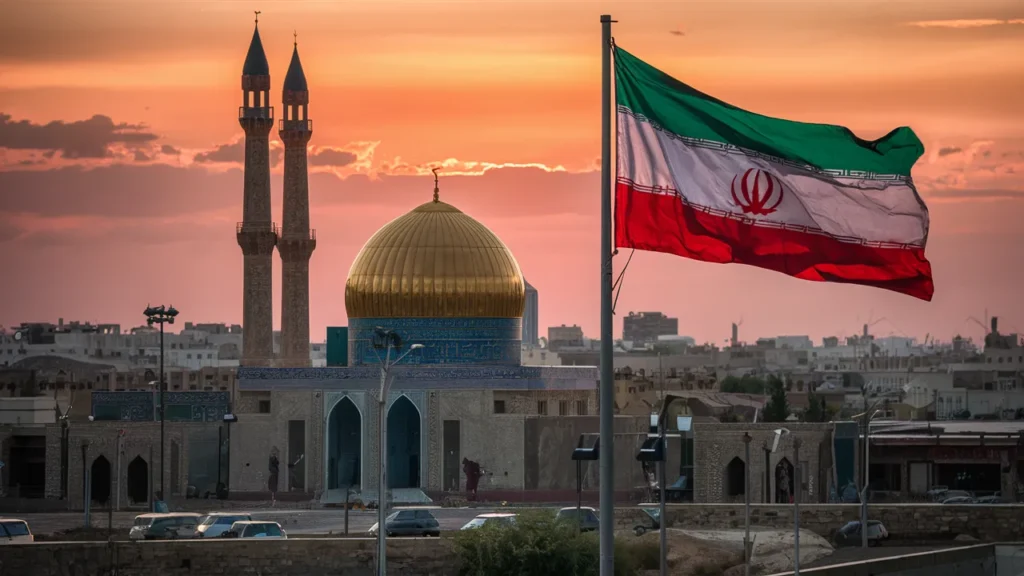
Future Prospects
Conflict and Collaboration
So, a variation in these components will affect the future of relations between Iran and Saudi Arabia. Although the risk of conflict is still significant, there is also potential for trade and regional security cooperation.

Predictors of Future Relationships
A number of other factors will also define the likely evolving relationship between Saudi Arabia and Iran in the future, including internal political considerations, various economic forces, and the general geopolitical environment. The trajectories will depend on how they overcome these challenges in each country.

Conclusion
Iran vs. Saudi Arabia Face-Off – A Clash Of Nations: In summary, the face-off between Iran and Saudi Arabia, the two regional heavyweights, is a multi-dimensional and long-term contest with solid repercussions for that region and many other parts of the world. Insight into how their relationship became what it is today and how that relationship is shaped by each country’s historical, political, economic, and cultural contexts provides a greater understanding of the complicated dynamics at work. Although long-term peace is yet to be achieved, their responses will still be influenced by future diplomatic initiatives and regional changes.
FAQs
What are the critical points of Iran and Saudi Arabia?
But in so many other respects, Iran and Saudi Arabia are worlds apart in terms of political systems, religion, and cultural identity. On the one side is the Shia-majority Islamic Republic of Iran, a mixture of theocratic elements with Democracy, and on the other is the Sunni-majority absolute monarchy in Saudi Arabia, heavily influenced by Wahhabism.
In what ways did Iran and Saudi Arabia manipulate the global oil markets?
The two nations are fellow Organization of Petroleum Exporting Countries or OPEC members, and their actions affect global oil prices and supply. Saudi Arabia usually takes the lead in influencing global markets, as it has enormous oil reserves; therefore, its economic policies and production levels matter.
What role religion plays in the Iran-Saudi Arabia conflict
Religion is at the epicenter, with Iran fronting for Shia Islam, while Saudi Arabia is the heartland of Sunni Islam. This deep religious cleavage intensifies their political and ideological rivalry, impacting their foreign policies and regional alliances.
What does all of this mean for Iranian-Saudi Arabian relations?
Throughout the Arab Spring, the emergence and decline of the Islamic State of Iraq and Syria (ISIS), and U.S. shifts in foreign policy, the state of Iran-Saudi Arabia relations have been influenced dramatically. The land of Dahuladars has since rebalanced the hell of regional power, which will be in high tension and diplomatic dialogue. Validity.
Toward Peace between Iran and Saudi Arabia?
Peace between Iran and Saudi Arabia is difficult to come by, given their profound mutual distrust, ideological differences, and rival regional objectives. Nevertheless, continuous diplomacy accompanied by CBMs and regional cooperation could set the stage for better relations in the future.
Author: CENTNETWORK
Courtesy: EPICMAZE
